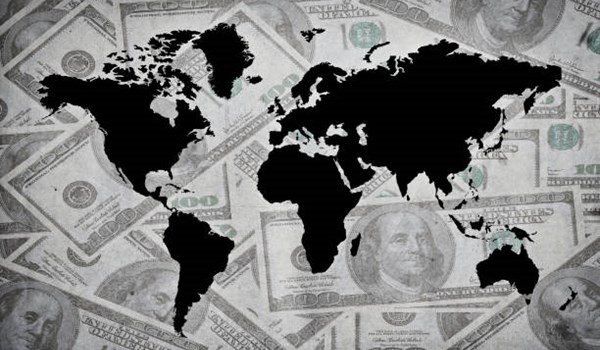The European Commission opened a stakeholder survey on a potential CBAM scope extension to downstream products. The measure would prevent manufacturing facilities from moving to non-EU countries with less stringent climate policies. It also aims to ensure that end consumers won’t favor such imported goods, as they would be cheaper without equivalent carbon pricing.
The transitional period before the rollout of the European Union’s Carbon Border Adjustment Mechanism (CBAM) began one year ago. Both importers and foreign producers of the designated raw materials and products are struggling to meet legal requirements. The regulations for the originally envisaged system aren’t complete and, moreover, the EU is expanding the scope along the way.
CBAM will be a tax on carbon dioxide emissions for foreign cement, iron and steel, aluminum, fertilizers, hydrogen and electricity. The administration in Brussels introduced the mechanism to protect its economy from imports from third countries with less stringent or no carbon pricing.
The scheme will also cover indirect emissions related to electricity consumption for cement, fertilizers and electricity.
The European Commission’s Directorate-General for Taxation and Customs Union (TAXUD) is conducting a study on extending CBAM to downstream, manufactured products. Now one year into the transition period, it launched a stakeholder survey.
The deadline for submissions via the online questionnaire is October 25.
Preventing carbon leakage on secondary level
The study’s overall objective is to assess the necessity and feasibility of extending the scope of the CBAM to products further down the value chain, the tax authority explained.
The EU’s carbon border taxation system is getting more complex along the way
Companies currently located in the EU that are manufacturing downstream goods using CBAM basic goods as primary inputs, might move their manufacturing and processing operations to non-EU countries with less stringent climate policies, to gain access to carbon-intensive primary inputs that were not subject to carbon pricing, the survey call reads.
The phenomenon is called carbon leakage. Another example is when end consumers in the EU prefer such downstream products from imports rather than purchasing ones from inside the trade bloc.
CBAM is work in progress
As the Emissions Trading System – EU ETS is evolving, so is carbon border taxation. The mechanism is bound to become more complex along the way.
CBAM is the tool for putting a fair price on the CO2 emitted during the production of carbon-intensive goods entering the EU, while potentially encouraging cleaner industrial production in non-EU countries, TAXUD pointed out.
The idea is to exempt raw materials and products with equivalent carbon pricing in their country of origin. Otherwise, the levy would cover the gap against the cost of carbon allowances in EU ETS.
Starting on January 1, 2026, the scheme will be gradually introduced. Until then, the affected companies and countries must measure, verify and report CO2 content. The EU envisaged reaching full scope at the beginning of 2034.
The study will assess concerns, required rules and the implied compliance costs and administrative burden, according to the call.



